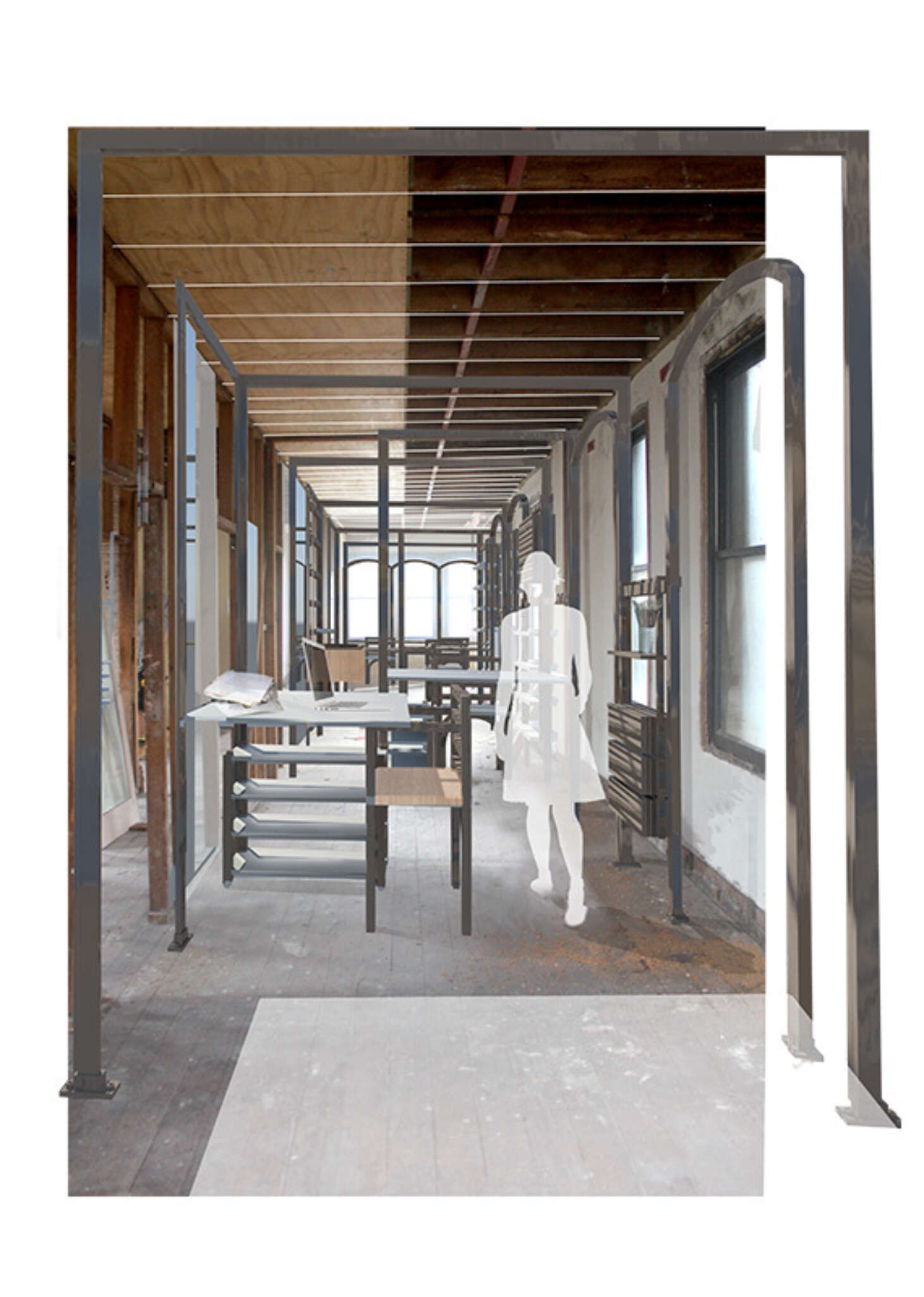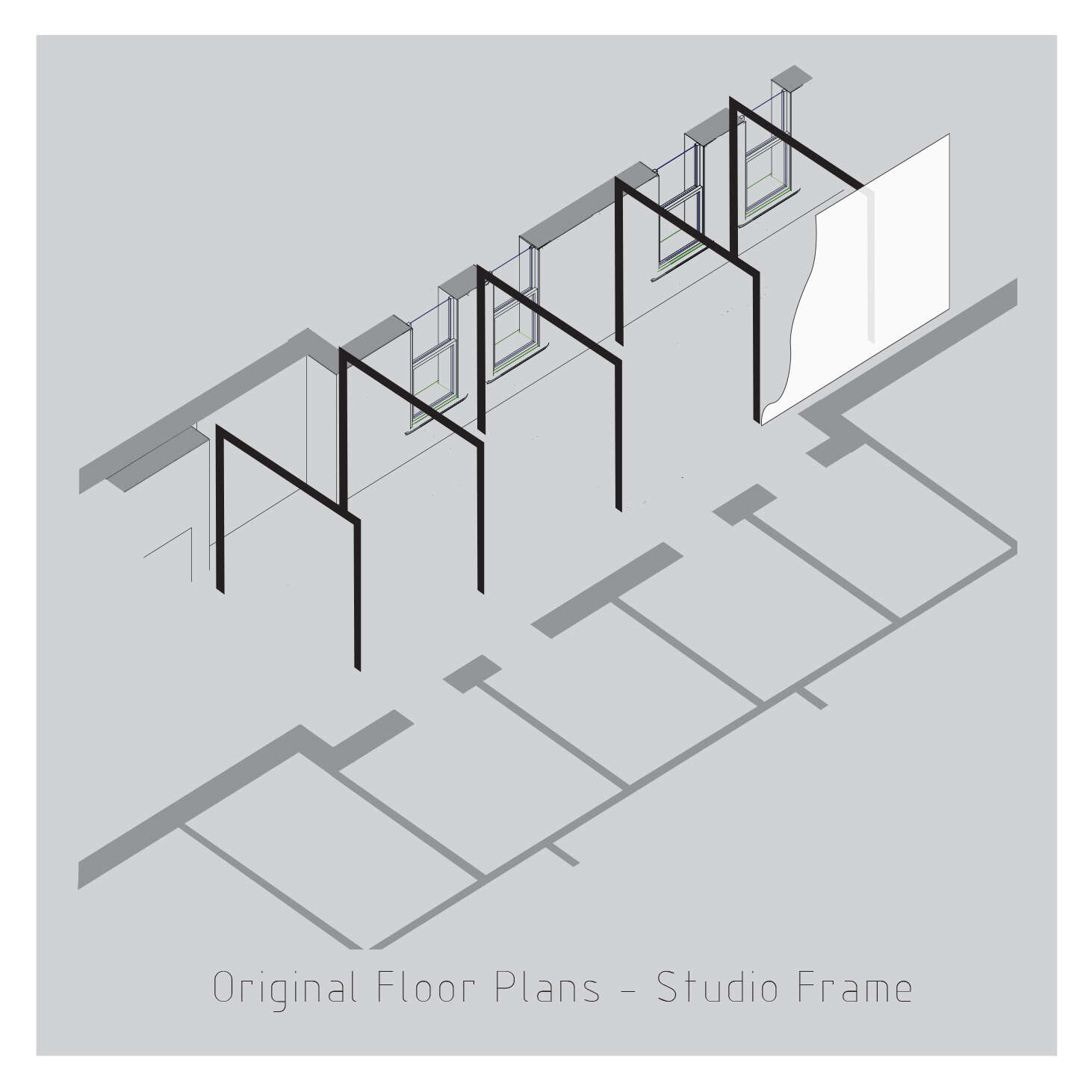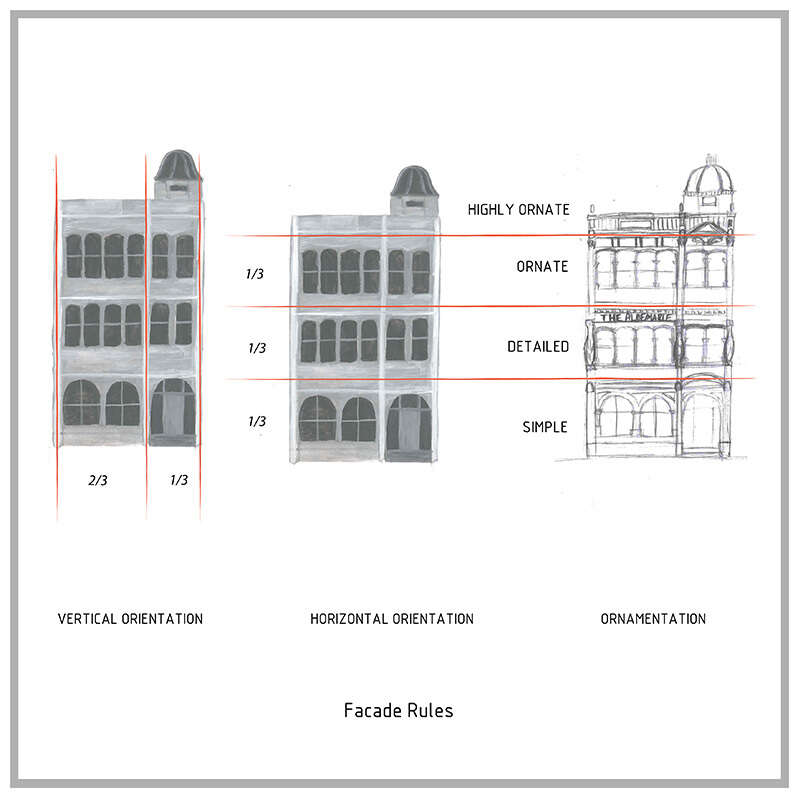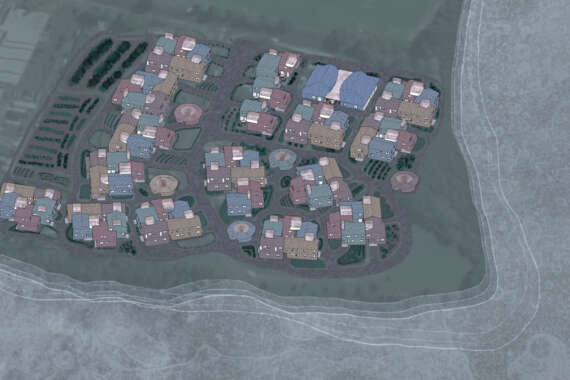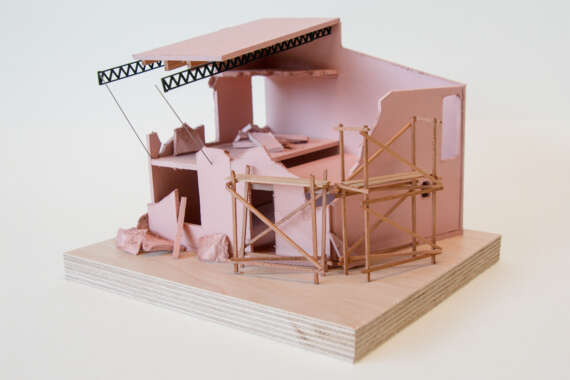A critique of the current heritage value assessment system in New Zealand and an investigation into alternative assessment strategies that include communities and wider values has identified a disconnect between heritage legislation and practical application in the local context. This is amplified by the case by case nature of heritage development. A series of international precedents have been evaluated under a new intervention categorisation that acknowledge the interior and essence of a building to create a range of adaptation solutions to be trialled in the New Zealand context.
Informed by the review of international literature and precedent analysis, an interior focused approach is applied to the Albemarle Hotel in Wellington, New Zealand. The thorough analysis of the past lives of the building, the current conditions and future context has resulted in a reuse strategy for this forgotten heritage building that promotes occupation and community engagement. The Albemarle is adapted to an artist's facility, combining the innovative neighbourhood with a programme that works with, and not against, the interior scale and heritage condition. The adaptation contrasts and critiques the current Heritage New Zealand adaptation guidelines of recessive mimicking architecture and argues that a contemporary addition that revitalises and renews the new corner block adds more to its value than a replication.
How can contemporary adaptive reuse be used to revitalise New Zealand heritage buildings whilst maintaining interior narrative?









